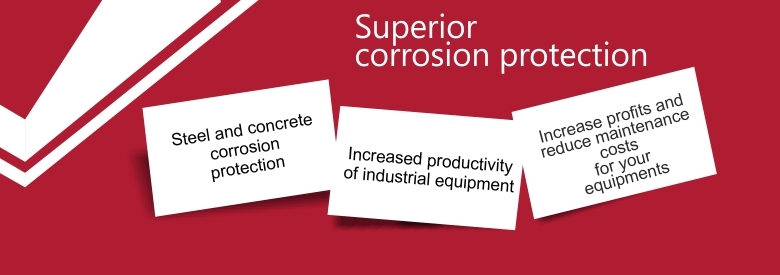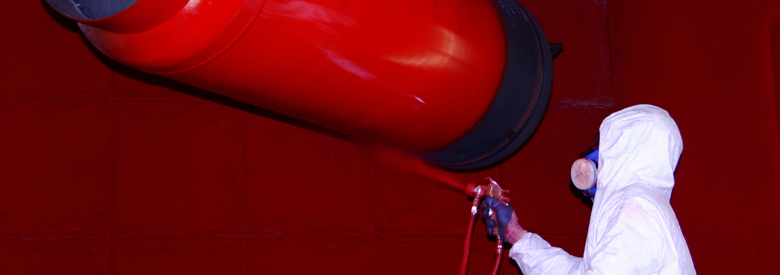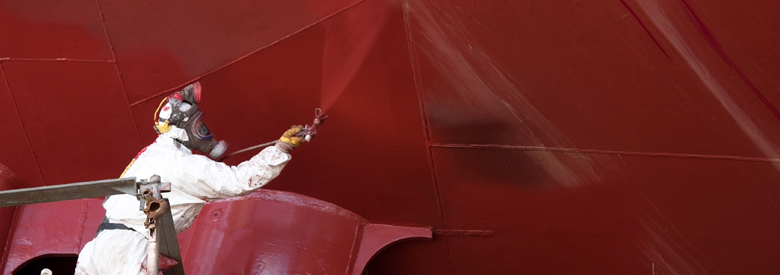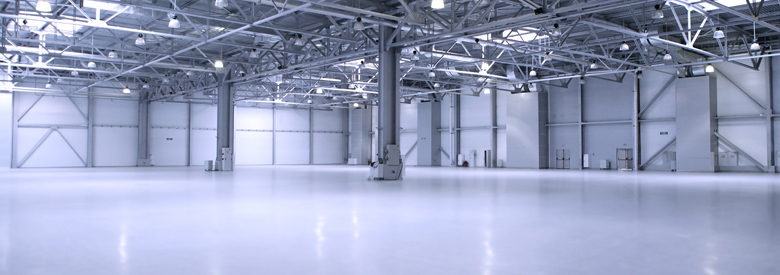6 factors that influence the occurrence of corrosion. Do you give them the necessary attention?
If you want to keep your equipment quality and avoid maintenance costs, you should take into account a number of issues. Among them: environmental, mechanical stress, shape, compatibility, motion, and temperature control factors. We treat each topic briefly in what follows. But perhaps you wonder where it comes from previously mentioned factors importance? The answer you can find in the article Accidents caused by corrosion, with lack of necessary actions to prevent corrosion.
6 factors that lead to corrosion
Environment
Depending on the elements present in the environment, the materials begin to change, and this leads to corrosion. We recommend you consult classes of corrosion and corrosion resistance. Thus, you can make a clearer idea of environmental factors on aggression.
Stress
This leads to loss of the protection surface of the materials, increasing the risk of corrosion. You can start an analysis starting from the following questions:
• I deal with stress or residual heat in the manufacturing process?
• The materials are subjected to vibrations and shocks during transportation?
• Installation of the equipment is made under good conditions?
• Pressure tests are made?
• Maintenance work can affect quality of components?
Material shape
Favors certain forms of fluid retention or contact with materials, despite the issues mentioned in the design phase.
Here we analyze the following:
• Access to all the parts (where there is risk of corrosion, the action to unfold rapidly)
• Welding points (they can retain different substances potentially corrosive)
• Storage on the surface of debris from industrial processes (favors the appearance of corrosion)
Material compatibility
From the point of view of corrosion, metals may be incompatible with one another or in contact with other materials. The space between the two metals in electrical contact may increase the rate of acceleration of corrosion, resulting in damage.
Movement
The flow of various substances present on the surface of materials can lead to corrosion. Here we introduce the term erosion, a phenomenon manifested by gradual grinding of materials. This occurs in cases of hard contact with solid materials, the flow of various substances, agitation etc.
Temperature
In general, high temperatures accelerates the corrosion. What are the sources of heat that we can fit here? We mention some of them:
• Electric devices
• Equipment producing steam
• The resulting heat from chemical processes
• The resulting heat from melting metals
• Rubbing permanent different assemblies
• Contact with sunlight
• Engines
We hope this information will be useful for you. If you have questions about application methods for preventing corrosion or abrasion, we provide you with the following contact details. Together we will identify the best technical solution for significantly reducing maintenance costs!
Source: http://www.npl.co.uk/upload/pdf/Checklist_for_corrosion_control.pdf













